The Saigon Zoo and Botanical Gardens has collaborated with a group of students from the Ho Chi Minh City University of Technology to research and produce paper from elephant dung using traditional methods.
Currently, at the Saigon Zoo, there are five elephants being cared for, which produce approximately 500 kg of fresh dung each day. Previously, most of this waste was discarded or used for compost, but now a portion is being utilized to create recycled paper.
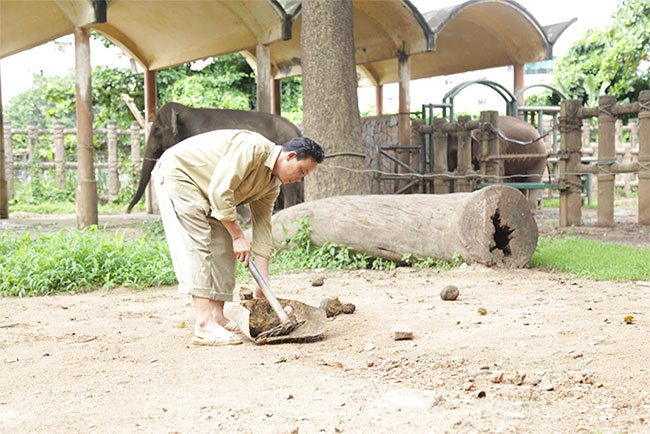
Mr. Mai Khắc Trung Trực, Director of the Saigon Zoo Animal Division, stated that the ideal digestion ratio for making paper comes from elephants, rhinoceroses, and hippos. However, hippos excrete underwater, making it difficult to collect their dung, while rhinoceroses have a long food retention time in their bodies, resulting in a strong odor.

In contrast, elephants primarily eat sugarcane, vegetables, and grass, which they do not fully digest, resulting in dung that is rich in fiber and odorless. Therefore, the fiber content in elephant dung is suitable for grinding into powder, which can be used to make paper. Several countries have successfully produced high-quality finished paper from this method.
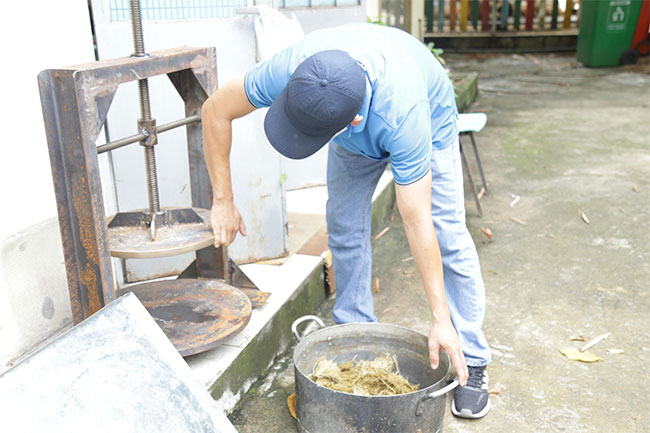
Based on these observations and calculations, the Saigon Zoo has collaborated with some members of the Ho Chi Minh City University of Technology to experiment since February 2022. They successfully produced paper from elephant dung in April 2022 and have gradually improved the final product.
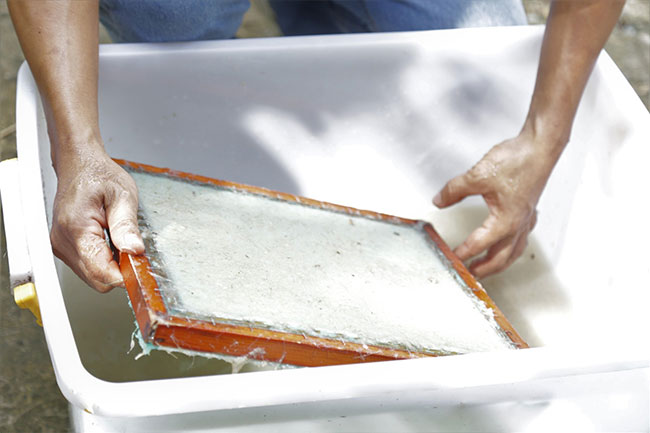
Once collected, the elephant dung is washed multiple times with clean water. After being thoroughly filtered, the fiber is boiled at 200 degrees Celsius for two hours to eliminate bacteria and odors. The clean fiber is then sun-dried, and under strong sunlight, it can be dried in just one day. Once dried, the fiber is ground into powder. This fiber powder is then mixed with paper pulp and starch (with a ratio of paper pulp and starch being one-third of the fiber powder from elephant dung) to create a slurry for making paper from elephant dung.
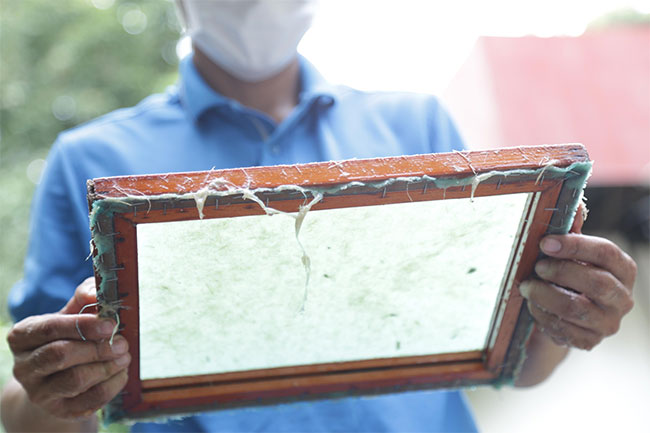
The paper mold is placed on a thin cloth laid over glass to prevent sticking. If it’s sunny, the paper can be dried in just 7-8 hours to produce the final product. This is handmade paper, which does not use any industrial bleaching chemicals, resulting in a light brown color.
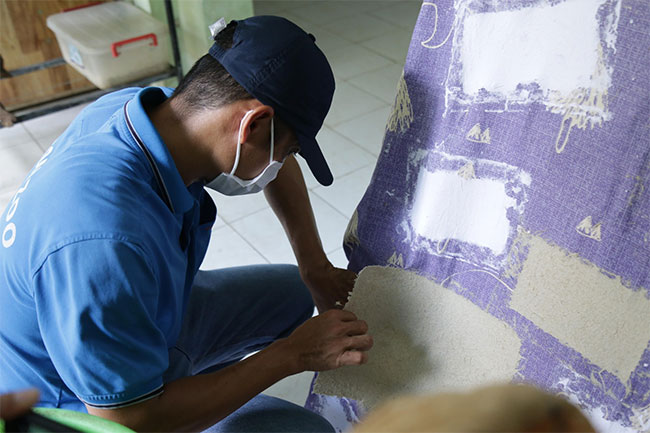
According to Mr. Trực, some countries, like Thailand, have created souvenir paper products to sell to tourists. However, currently, the Saigon Zoo does not aim to produce paper for commercial competition but hopes to provide paper for educational units to teach children about environmental protection, wildlife conservation, and how to save paper and protect the environment.
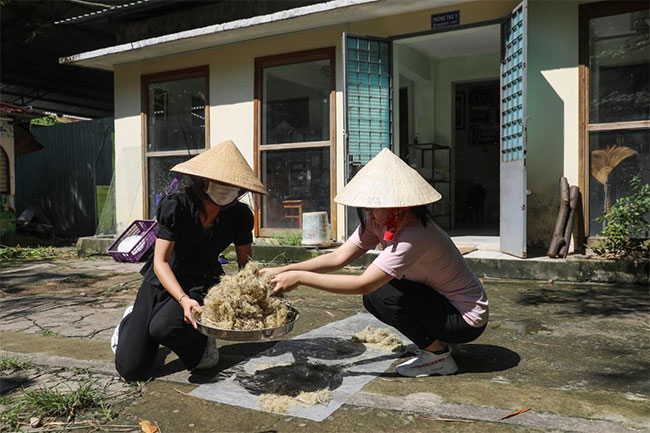
Huỳnh Lê Như Ngọc, a student in the veterinary animal husbandry program at the Ho Chi Minh City University of Technology, shared: “Thanks to the dedicated guidance from the staff at the Saigon Zoo, our product has significantly improved. From there, the team will strive to further enhance the quality of the paper in the future, hoping that these products will spread and create a positive impact on environmental protection.”
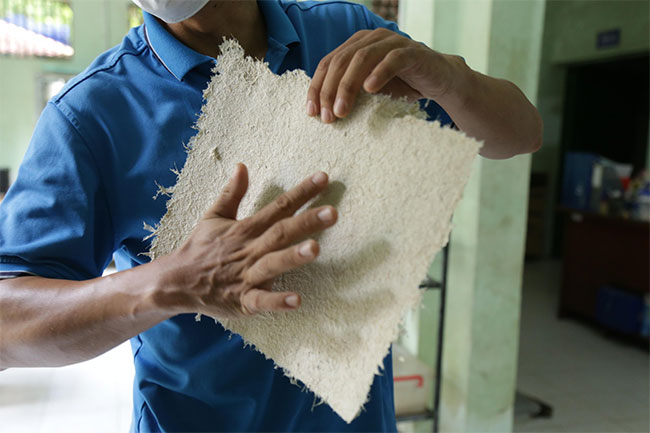
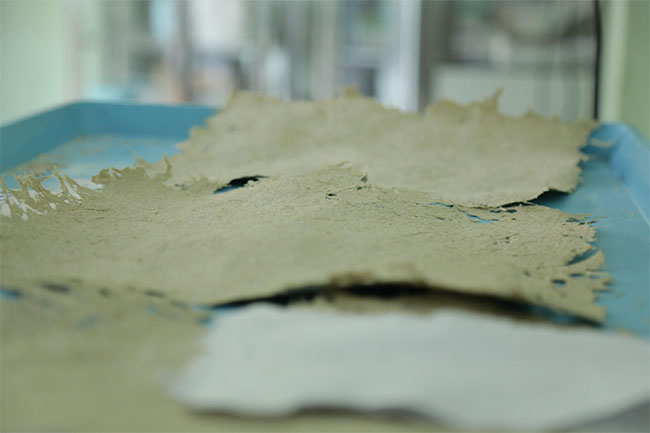
On average, 1 kg of waste yields 400 grams of dry powder, producing about 30 sheets of A4 paper. The paper has a slightly opaque color, a somewhat rough surface, but it is quite durable and does not crumble easily. Most of the paper produced is used by the Saigon Zoo for children to draw, make cards, and create 3D figures. Currently, the quality of the paper made from elephant dung is still being improved to supply to some educational units.
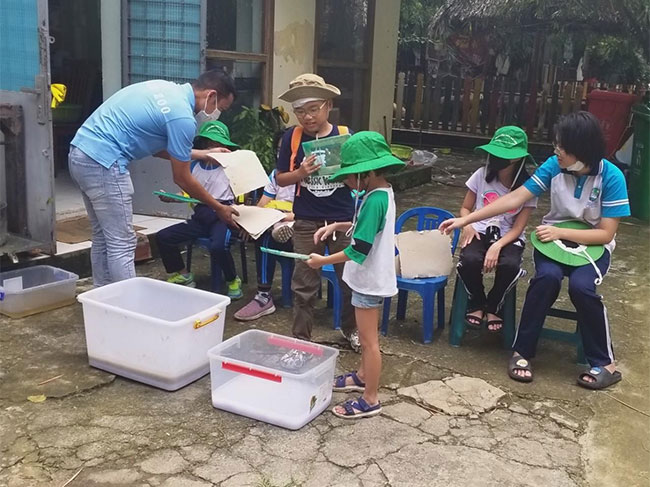
To encourage children to better understand this model, the Saigon Zoo also offers a workshop on making paper from elephant dung, honing various skills for children in learning and life. With 22 years of experience in zoo education and experiential learning, the faculty at the Saigon Zoo will ensure parents are confident in the cost and quality of the classes during this time of “price storms” as it is now.



















































